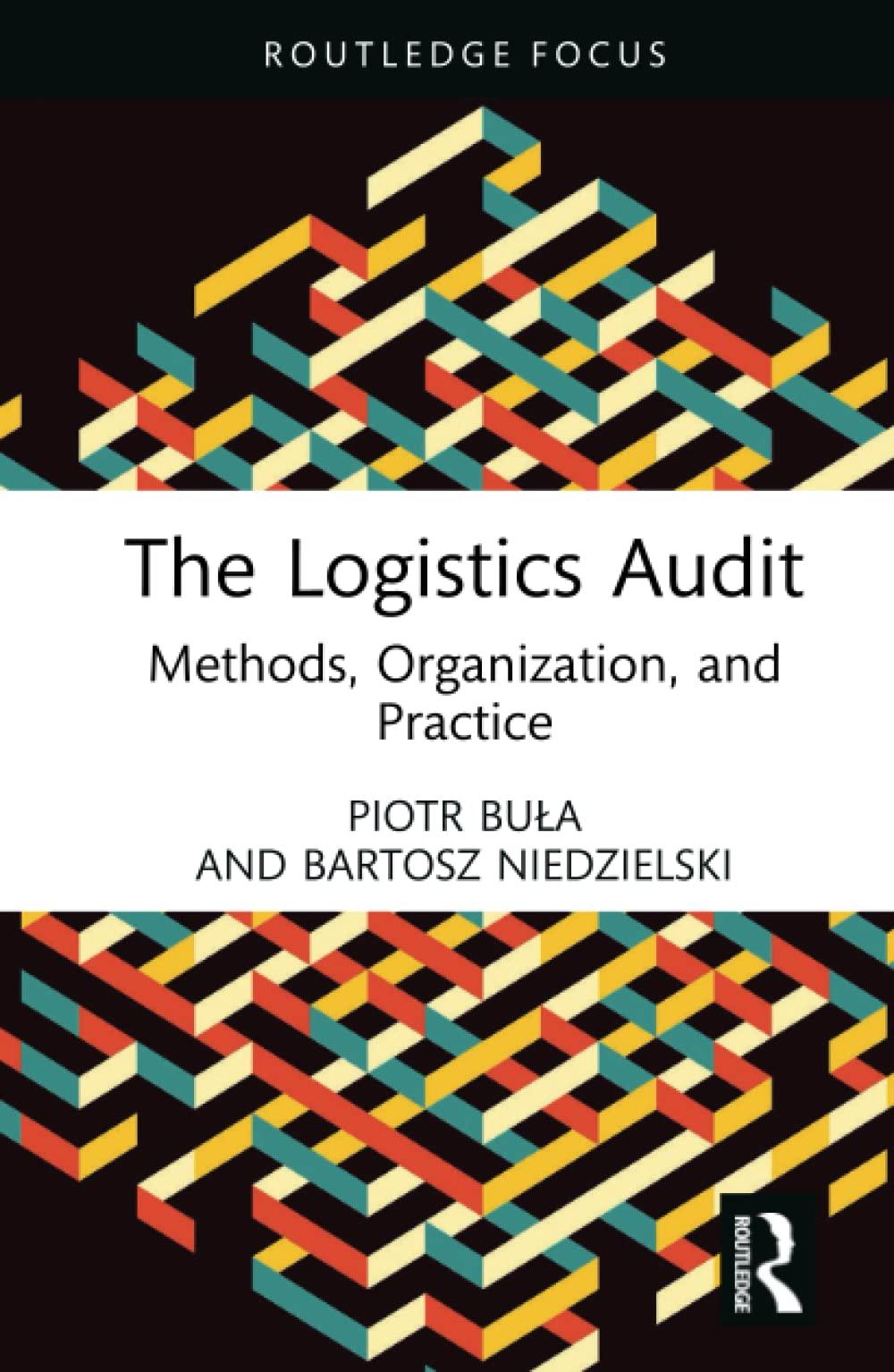Question
Division A of Lambda Company manufactures Product X, which is sold to Division B as a component of Product Y. Product Y is sold to
Division A of Lambda Company manufactures Product X, which is sold to Division B as a component of Product Y. Product Y is sold to Division C, which uses it as a component in Product Z. Product Z is sold to customers outside of the company. The intracompany pricing rule is that products are transferred between divisions at standard cost plus a 10 percent return on inventories and fixed assets. From the information provided below, calculate the transfer price for Products X and Y and the standard cost of Product Z. Standard Cost per Unit Product X Product Y Product Z Material purchased outside . . . . . . . . $ 2.00 $ 3.00 $ 1.00Direct labor . . . . . . . . . . . . . . . . . . . . 1.00 1.00 2.00Variable overhead . . . . . . . . . . . . . . . 1.00 1.00 2.00Fixed overhead per unit. . . . . . . . . . . 3.00 4.00 1.00Standard volume. . . . . . . . . . . . . . . . 10,000 10,000 10,000Inventories (average). . . . . . . . . . . . . $70,000 $15,000 $30,000Fixed assets (net). . . . . . . . . . . . . . . . 30,000 45,000 16,000. Transfer pricing of company X is ___________
Step by Step Solution
There are 3 Steps involved in it
Step: 1

Get Instant Access to Expert-Tailored Solutions
See step-by-step solutions with expert insights and AI powered tools for academic success
Step: 2

Step: 3

Ace Your Homework with AI
Get the answers you need in no time with our AI-driven, step-by-step assistance
Get Started


